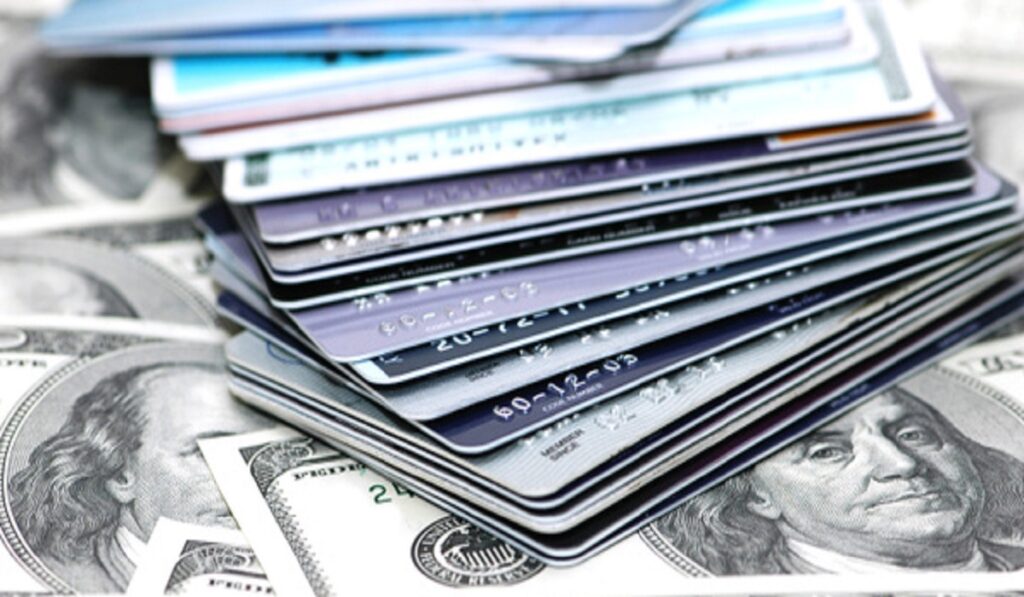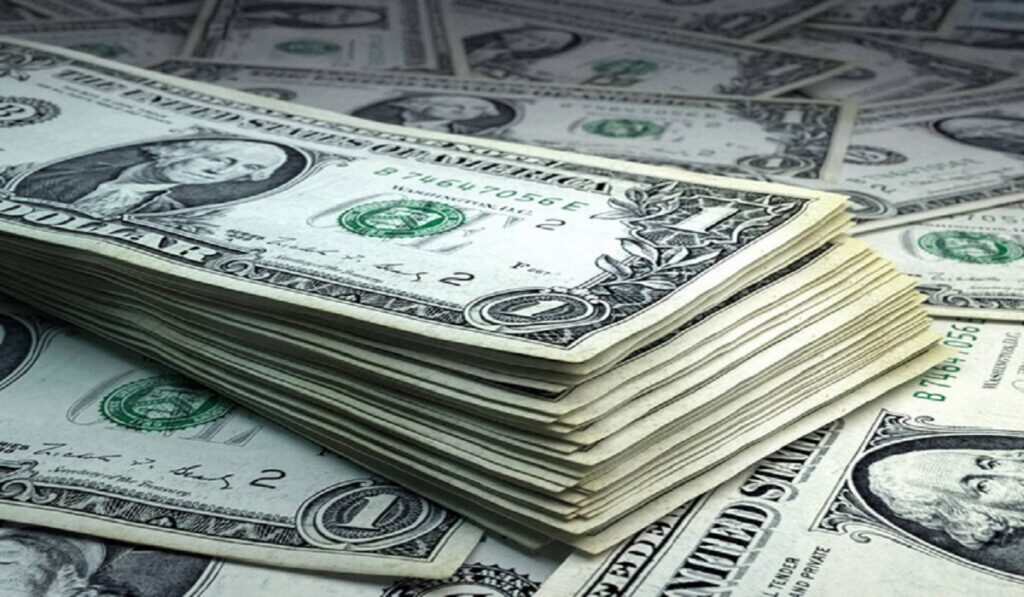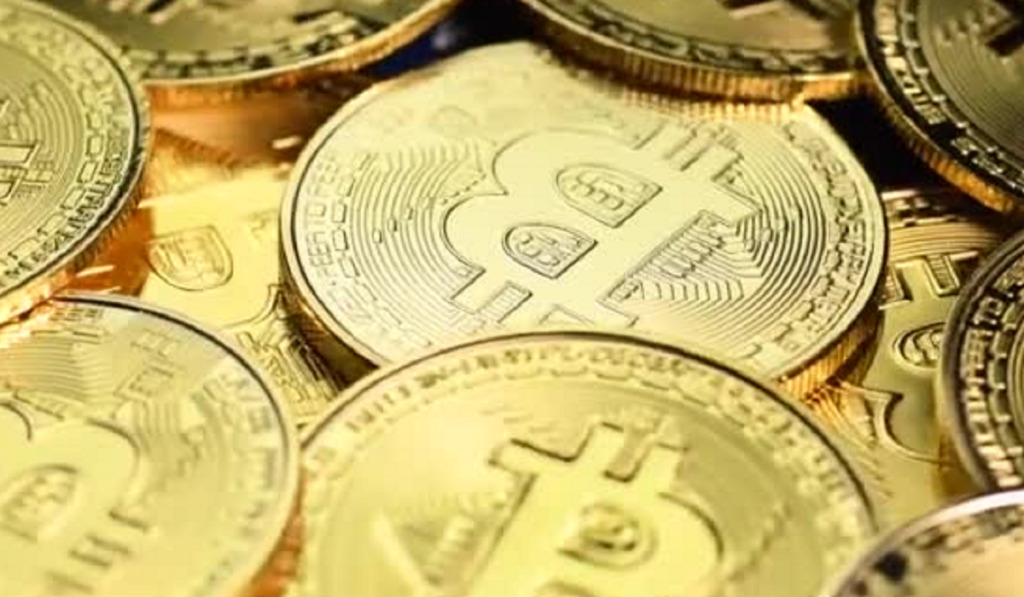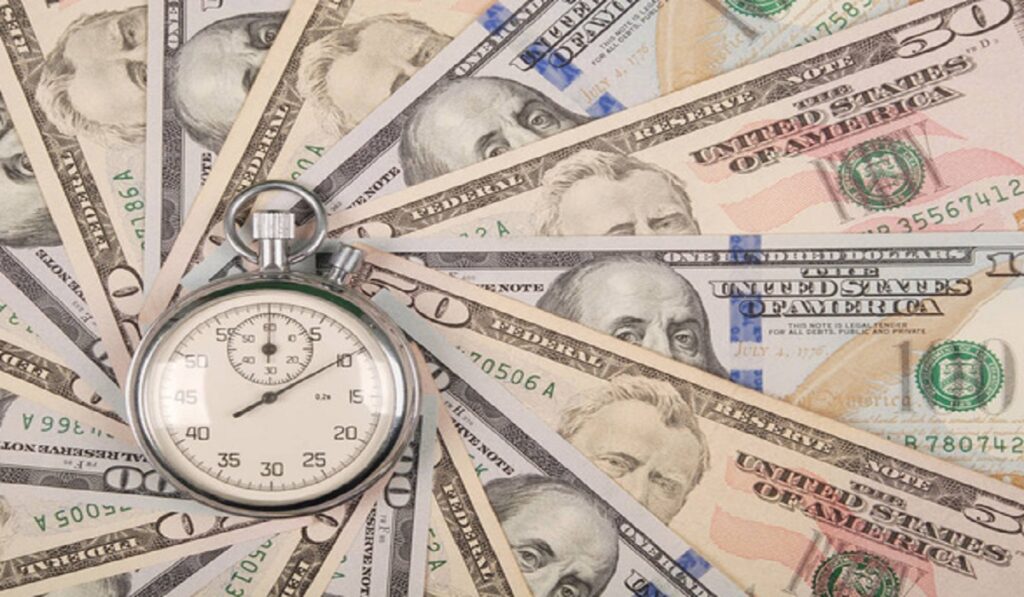Exploring Cash Advances from Credit Cards and Alternative Options

Credit cards offer a convenient way to make purchases, but they also come with hidden financial tools that can be quite tempting and costly: cash advances. While they may provide quick access to funds in emergencies, cash advances are often accompanied by high fees and interest rates, making them an expensive way to borrow money. In this article, we’ll delve into the mechanics of cash advances, their pros and cons, and explore alternative options that might be more financially prudent.
Understanding Cash Advances from Credit Cards
What is a Cash Advance?
A cash advance is essentially a loan from your credit card issuer. Instead of making purchases, you’re borrowing money against your card’s credit limit in the form of cash. This feature is particularly useful in situations where you need cash urgently and don’t have access to an ATM or other sources of funds.
How to Get a Cash Advance
Getting a cash advance from your credit card is relatively straightforward. Here’s a general process:
- Check Your Credit Card Terms: Review your credit card’s terms and conditions to understand the fees and interest rates associated with cash advances. These terms can vary significantly among card issuers.
- Locate an ATM: Find an ATM that accepts your credit card. Most credit cards come with a cash advance PIN that you’ll need to use at the ATM.
- Withdraw Cash: Enter your PIN and the amount you want to withdraw. Keep in mind that there’s often a daily or per-transaction limit on cash advances.
- Pay the Fees: Credit card cash advances typically come with fees, which can include an upfront fee and higher interest rates than regular purchases.
- Repay the Advance: The cash advance amount, along with interest, will be added to your credit card balance. You’ll need to repay this amount, and interest begins accruing immediately, making cash advances expensive.

Pros and Cons of Cash Advances
Pros:
- Quick Access to Cash: In emergencies, cash advances provide immediate access to funds.
- No Credit Check: Cash advances don’t usually require a credit check.
Cons:
- High Costs: Cash advances are expensive due to high fees and interest rates.
- No Grace Period: Interest starts accruing immediately, unlike regular credit card purchases, which typically have a grace period.
- Risk of Debt Spiral: Relying on cash advances can lead to a cycle of debt that’s hard to break.
- Lower Credit Score: Frequent cash advances can negatively impact your credit score.
Alternative Options to Cash Advances
Given the drawbacks of cash advances, it’s wise to explore alternative options when you need funds urgently:
- Emergency Fund: Building an emergency fund is a financially responsible way to prepare for unexpected expenses.
- Personal Loan: Consider a personal loan from a bank or online lender, which often has lower interest rates than cash advances.
- Credit Card Balance Transfer: If you have another credit card with a lower interest rate, you might transfer the debt from the cash advance to that card.
- Borrow from Friends or Family: In some cases, borrowing from a trusted friend or family member could be a better solution.
While cash advances from credit cards offer a convenient way to access funds quickly, they should be used sparingly and as a last resort due to their high costs. Exploring alternative options, such as emergency funds, personal loans, or balance transfers, can help you avoid the financial pitfalls associated with cash advances. Remember to always read and understand the terms and fees of your credit card to make informed financial decisions.






